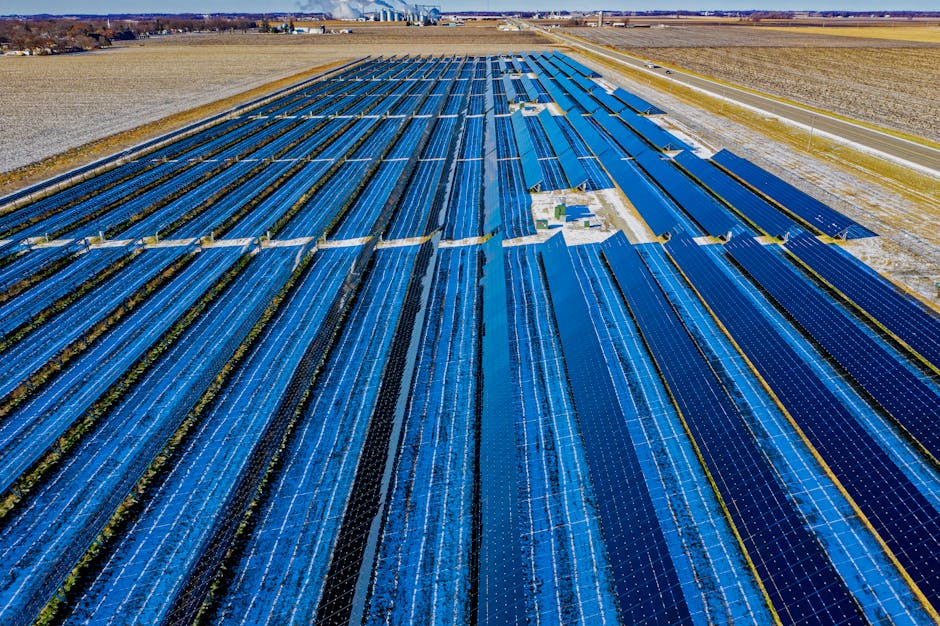The Silent Revolution: EVs and Urban Sound Design Transformations
Imagine walking through your city: the usual cacophony of honking horns and revving engines has been replaced by a serene ambiance of birds singing and children laughing. Welcome to the world of electric vehicles (EVs), where the shift toward quieter transportation is not just changing how we drive, but also how we experience sound in urban areas. This silent revolution brings forward unique challenges and incredible opportunities that are redefining urban soundscapes, urban planning, and public consciousness. From artificial sounds designed for pedestrian safety to artistic endeavors inspired by the quieter world of electric mobility, the impact of EVs is profound and ever-evolving.
Understanding the Shift: EVs and Soundscapes
Electric vehicles are designed to operate with minimal noise compared to their gasoline counterparts, fundamentally changing our urban soundscapes. Traditional vehicles often add to noise pollution, disorienting pedestrians and making urban environments feel chaotic. In contrast, the quiet operation of EVs has led city planners and sound designers to rethink how sound works in urban settings. It invites a fascinating conversation about noise, silence, and the emotional impact of our surroundings.
Long-term exposure to urban noise has been linked to stress, anxiety, and even health issues like cardiovascular diseases. Studies indicate that fewer noises can improve the quality of life in cities (see research from the Environmental Protection Agency) and enhance overall mental well-being. With the rise of EV usage, cities have the unprecedented opportunity to create more peaceful and enjoyable environments.
On a personal note, I can recall walking through downtown with the loud engines of trucks and cars creating an overwhelming sense of anxiety. Now, after EVs have become more prevalent, there’s a noticeable difference. Instead of shouting over the noise, conversations feel easier; the air feels lighter, and people are more engaged with the environment around them.
Challenges of Noise Reduction in Urban Areas
The quieter operation of EVs isn’t entirely without downsides. While lower noise levels can contribute positively to urban environments, they also pose safety concerns, especially for pedestrians and cyclists who rely on sound cues to detect approaching vehicles. Many urban planners and sound experts have started calling this the "soundscape dilemma." How do we maintain the benefits of a quieter city while keeping it safe for all who navigate it?
The National Highway Traffic Safety Administration (NHTSA) mandates that hybrid and electric vehicles produce artificial sounds under specific conditions to alert pedestrians of their presence. This requirement underscores the delicate balance between reduced sound levels and the necessity for safety.
Urban Planning Adaptations to a Quieter Future
Cities worldwide are beginning to adapt to the radical changes in sound that electric vehicles bring. Urban planners are integrating sound design into public spaces, carefully curating the auditory environment. Initiatives may involve designing quieter roadways using sound-absorbing materials, creating noise barriers, and even implementing sound gardens—spaces where nature's sounds can thrive.
Moreover, sound design has found its way into public art installations. Artists are responding to the changing soundscapes with installations that invite citizens to interact with sound in new ways. For example, in Barcelona, a project called "Sonido Urbano" invites community members to submit sounds they encounter during their daily lives, creating a living sound map that illustrates the evolving urban landscape. This approach not only helps to educate about the new silence but invites community engagement, fostering a sense of ownership and connection to the city's sound identity.
To delve deeper into how urban environments are being shaped by EV technology and community participation, check out our piece on how EVs shape our cities in the next decade.
Artificial Sounds for Safety and Comfort
As mentioned earlier, the introduction of artificial sounds poses an innovative solution to the safety issues linked to quieter vehicles. The sounds must strike a balance — not too loud to become a nuisance, but noticeable enough to ensure safety. Some manufacturers are experimenting with synthetic noise designs that invoke a pleasant auditory experience, inviting pedestrians to enjoy the sound while remaining safe.
Innovative companies are creating systems that allow users to customize the vehicle sound to reflect their personality. Imagine an EV that emits soothing ambient sounds while cruising or a soundtrack that enhances the user's driving experience, making every ride an engaging experience.
Discussing these musical experiments in the context of EV advancements further amplifies community connections. Explore this topic in our detailed post, Electric Vehicles and Music: A Cultural Revival in Sustainability.
The Intersection of Sound, Art, and Urban Spaces
With the silent revolution, this exchange extends to urban artists, who are drawing inspiration from the quieter streets and creating pieces that resonate with the ethos of electric mobility. Sound artists are installing sculptures that capture and manipulate sounds from both city life and nature, reimagining public spaces as audio experiences rather than simply visual ones.
Additionally, cities are opening avenues for public sound projects, where communities can submit concepts for sound installations inspired by the backdrop of quieter streets. The ongoing collaboration between artists, communities, and city planners will help transform how sound is perceived, forming an essential component of our shared urban experiences.
To see how EV culture is transforming community dynamics and art, don't miss our deeper exploration in Electric Vehicles Redefining Public Art Identity.
Creating Public Awareness About Soundscapes
Public awareness campaigns are vital in ensuring that communities understand the changes surrounding them. Cities are engaging the public through workshops, seminars, and interactive events focused on sound design and the implications of quieter urban environments. These programs inform residents about the benefits of EV adoption, how to maximize their experiences with quieter spaces, and the importance of community contributions to new soundscapes.
Educational institutions play a role too. Local schools are integrating sound design into their curricula, allowing students to engage with these themes creatively. By cultivating a younger generation aware of urban sound, they contribute to an informed society ready to embrace future innovations in mobility and urban living.
Moreover, as the interconnectedness of cities and electric vehicles grows, utilizing platforms that leverage community feedback can enhance city planning. Harnessing community power through tech can create a smarter urban environment that reflects residents' preferences, leading to a more harmonious coexistence with urban wildlife and nature alike.
Explore how community power is shaping EV adoption rates in Community Power: How EV Owners Influence Adoption Rates.
The Future of Sound in Urban Environments
The sonic evolution spurred by electric vehicles represents an extraordinary opportunity for cities globally. As sound design and urban planning mature to accommodate quieter environments, people can experience less auditory stress, promoting mental well-being and enhancing the quality of urban life.
This transition leads us to consider the larger implications of noise in our lives. Solitude, once an unwelcomed discontent, may soon become a sought-after experience within our urban landscapes. Cities designed with acoustic environments in mind can redefine how we socialize, interact, and celebrate within our communities.
Beyond immediate sound concerns, ongoing advancements in vehicular technology will keep prompting urban planners, architects, and sound designers to adapt. By continuously evolving our urban spaces to offer unique auditory experiences, we cultivate ecosystems favorable to both human life and nature.
You can explore the impact on ecosystems further in our updated study, The Impact of EVs on Urban Wildlife: A Quiet Revolution.
Final Thoughts: Embracing the Silence
As electric vehicles grow in numbers, the potential for urban soundscapes to transform becomes a reality. The opportunities presented by these quieter environments can enhance urban living, fostering creativity and engagement while building a more inclusive and innovative city.
As we stride forward on this journey toward quieter urban settings, community involvement through sound design concepts, public art projects, and awareness campaigns can nurture richer experiences for residents. By embracing the silent revolution, we are not simply embracing a quieter world; we are inviting a fresh perspective on our day-to-day lives.
And who knows? The next time you stroll through your city, you may find your perspective—to look and listen a little differently—leads to a new definition of urban beauty.










